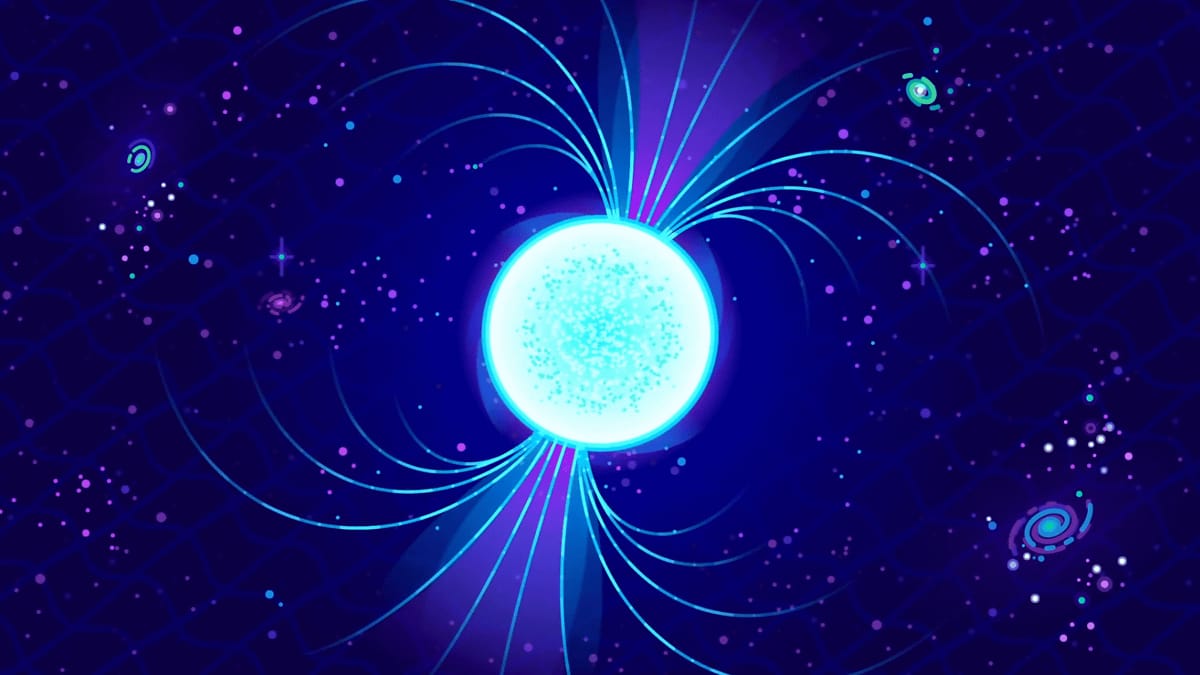

Cosmox Blogs
Neutron Stars: Neutrality Of The Universe
Neutron stars, the remnants of massive stars that met a spectacular end in the fiery throes of a supernova explosion, hold a special place in the pantheon of cosmic wonders. These compact yet incredibly dense stellar corpses, with masses exceeding that of our Sun but compressed into a sphere no larger than a city, challenge our understanding of physics and beckon us into realms of extreme gravity and mind-bending phenomena. In this exploration, we embark on a journey to unravel the enigmatic nature of neutron stars, from their formation to their profound impact on the cosmos.
What are Neutron Stars?
At the heart of every neutron star lies a dense core composed predominantly of neutrons, the subatomic particles found in atomic nuclei. Imagine compressing the entire mass of the Sun into a sphere barely 20 kilometers (12 miles) in diameter, and you begin to grasp the staggering density of these cosmic relics. This compression occurs during the final stages of a massive star's life, when the inward pull of gravity overwhelms the outward pressure generated by nuclear fusion, triggering a cataclysmic collapse and giving birth to a neutron star.
Formation and Evolution:
Massive stars demise --> Supernova Explosion --> Neutron degeneracy pressure
The genesis of a neutron star begins millions of years before its spectacular demise in a supernova explosion. Massive stars, those several times more massive than our Sun, spend their lives as cosmic furnaces, burning through their nuclear fuel at an astonishing rate. Within the core of these massive stars, nuclear fusion reactions generate an outward pressure that balances the inward pull of gravity, maintaining a delicate equilibrium.
As the star exhausts its nuclear fuel, the balance between gravity and pressure is disrupted. Without the energy produced by nuclear fusion to counteract gravity, the core begins to collapse under its own immense weight. The collapse is swift and cataclysmic, as the core undergoes a rapid implosion, releasing an immense amount of energy in the process. This collapse triggers a shockwave that races outward through the star's layers, causing the outer envelope to be blown away in a brilliant explosion known as a supernova. The core, however, is left behind, compressed to unimaginable densities by the force of gravity. This compressed core, now consisting primarily of degenerate neutrons, is what we know as a neutron star.
In the intense heat and pressure of the supernova explosion, the protons and electrons in the core are forced together to form neutrons through a process known as neutronization. This process results in the formation of a neutron-rich soup, with neutrons packed tightly together in a state known as neutron degeneracy. This degenerate neutron matter is incredibly dense, with densities exceeding that of an atomic nucleus by many orders of magnitude. The collapse of the stellar core halts when neutron degeneracy pressure becomes strong enough to counteract the gravitational pull. The resulting neutron star is a compact, rapidly spinning object, with a surface gravity billions of times stronger than that of Earth. Despite its tiny size, a neutron star packs the mass of several Suns into its compact form, creating an environment where the laws of physics are pushed to their limits.
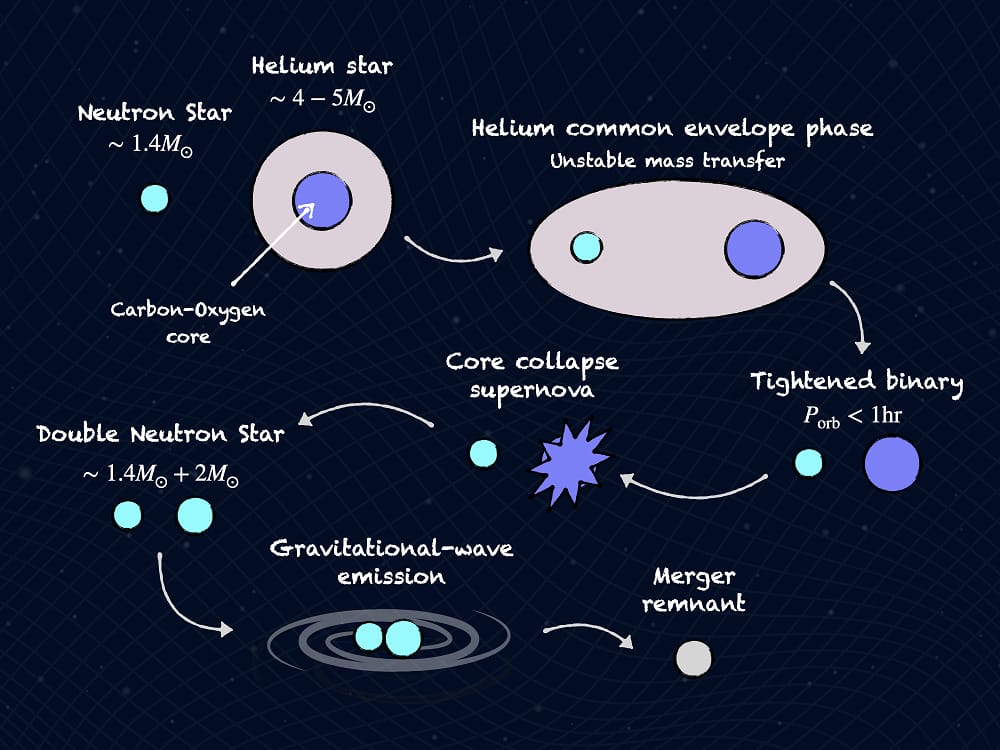
Enduring Cosmic Giants:
Neutron stars are cosmic survivors, enduring for billions of years as celestial beacons in the vast expanse of space. Although they gradually cool over time, radiating away their thermal energy into the void, their core densities prevent them from collapsing further under normal circumstances. However, in rare instances such as accretion from a companion star or the merger with another neutron star, they may undergo further transformation into even denser objects, such as black holes.
What are Kolonovas?
In addition to the formation of neutron stars through supernova explosions, another extraordinary cosmic event involves the collision of two neutron stars, known as a kilonova. When two neutron stars orbit each other in a binary system, they gradually spiral inward due to the emission of gravitational waves, eventually culminating in a cataclysmic collision. The collision releases an immense amount of energy, generating a burst of electromagnetic radiation across the spectrum, from gamma rays to radio waves. This phenomenon, known as a kilonova, is a cosmic crucible where heavy elements such as gold, platinum, and uranium are forged through a process called r-process nucleosynthesis. Kilonovae not only provide a unique window into the dynamics of neutron star mergers but also offer valuable insights into the origin of the universe's most precious metals and the cosmic processes that shape our world.
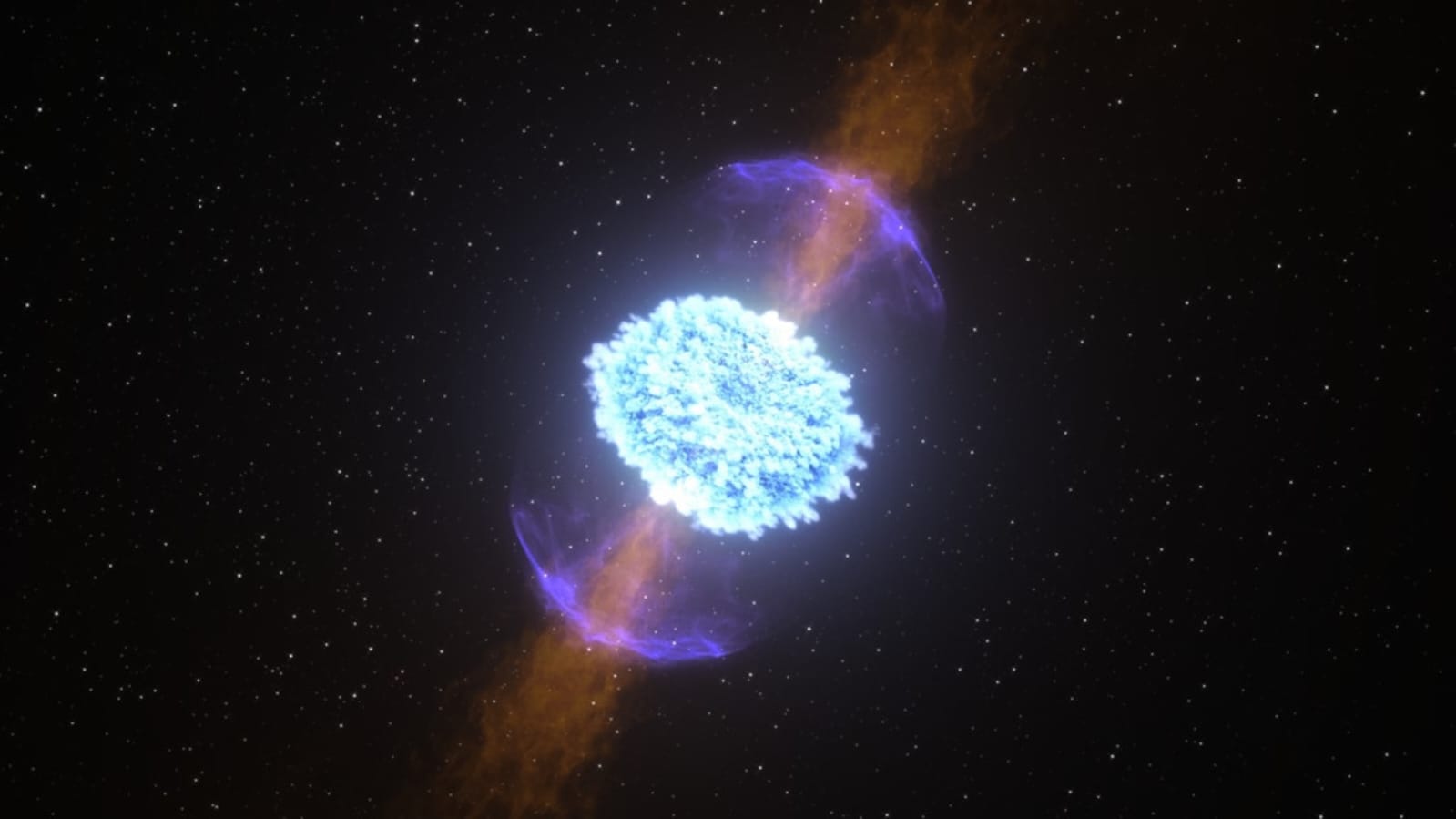
The Magnetic Marvels:
One of the most extraordinary features of neutron stars is their colossal magnetic fields, which can be billions of times stronger than those found on Earth. These magnetic fields are born during the formation of the neutron star. As the massive star collapses under its own gravity, its core spins faster and faster, just like an ice skater pulling in their arms to spin quicker(conservation of angular momentum). This rapid spinning amplifies any existing magnetic fields, making them incredibly strong. Additionally, quantum mechanical effects play a role in enhancing these magnetic fields, further intensifying their strength. The resulting magnetic field of a neutron star is so powerful that it can warp spacetime around it and influence the behavior of matter in its surroundings, creating a magnetic marvel that continues to astound scientists and expand our understanding of the cosmos. This makes them known as magnetars, that exhibit astonishing phenomena such as starquakes and intense bursts of gamma-ray radiation.
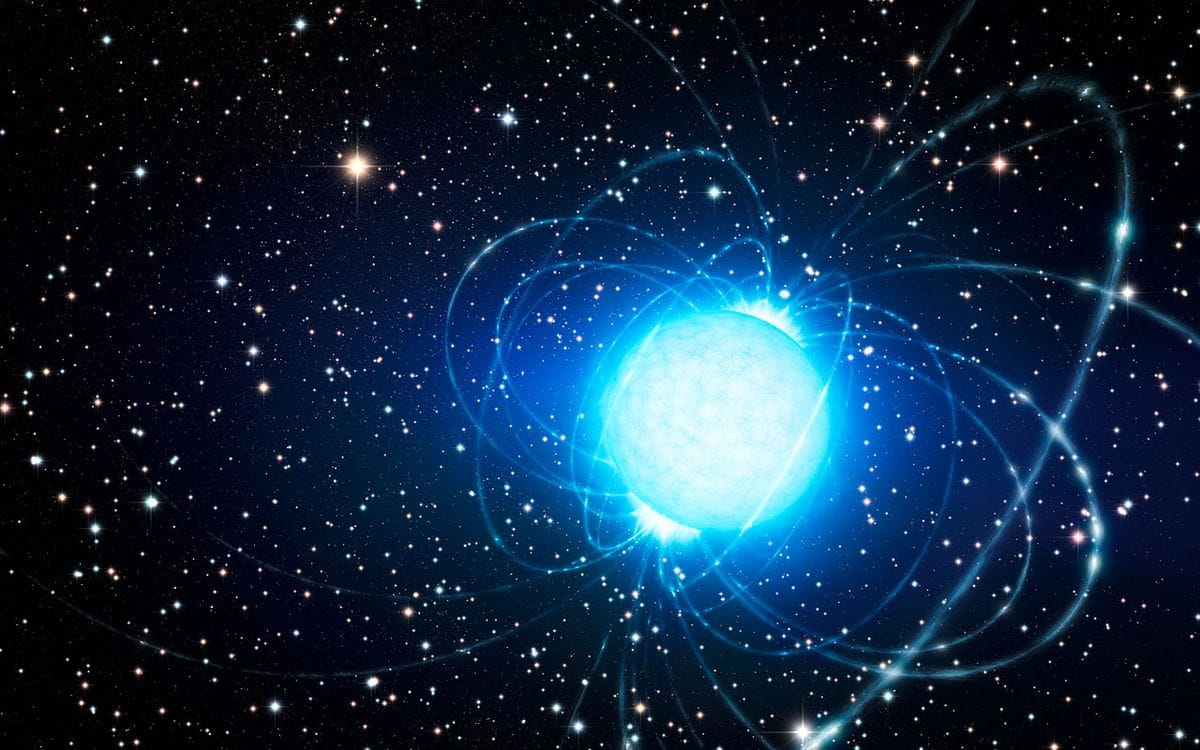
Cosmic Hazards and Mysteries:
The surroundings of neutron stars is filled with dangers for any cosmic traveler. Their powerful gravitational fields distort spacetime, causing phenomena such as gravitational lensing, where light from distant objects is bent around them. Additionally, the intense radiation emitted by magnetars can pose a threat to nearby astronomical bodies, disrupting their atmospheres and even triggering mass extinctions on distant planets.
Their Cosmic House:
Neutron stars are found throughout the universe, often in places where big stars exploded in supernovas. They can exist in isolation or in binary systems, where they orbit a companion star or exist in close proximity to one another. Neutron stars also fill the remains of these massive explosions, showing us what happens after a big star goes boom.
Recent Discoveries and Future Frontiers:
Recent advancements in observational techniques, such as the detection of gravitational waves by instruments like LIGO and Virgo, have revolutionized our understanding of neutron stars. These detections, including the landmark observation of a neutron star merger in 2017, provide unprecedented insights into the behavior of matter under extreme conditions and the origins of heavy elements in the universe. As we continue to explore the cosmos and push the boundaries of scientific inquiry, neutron stars will undoubtedly remain at the forefront of astronomical research, guiding us toward a deeper understanding of the cosmos and our place within it.
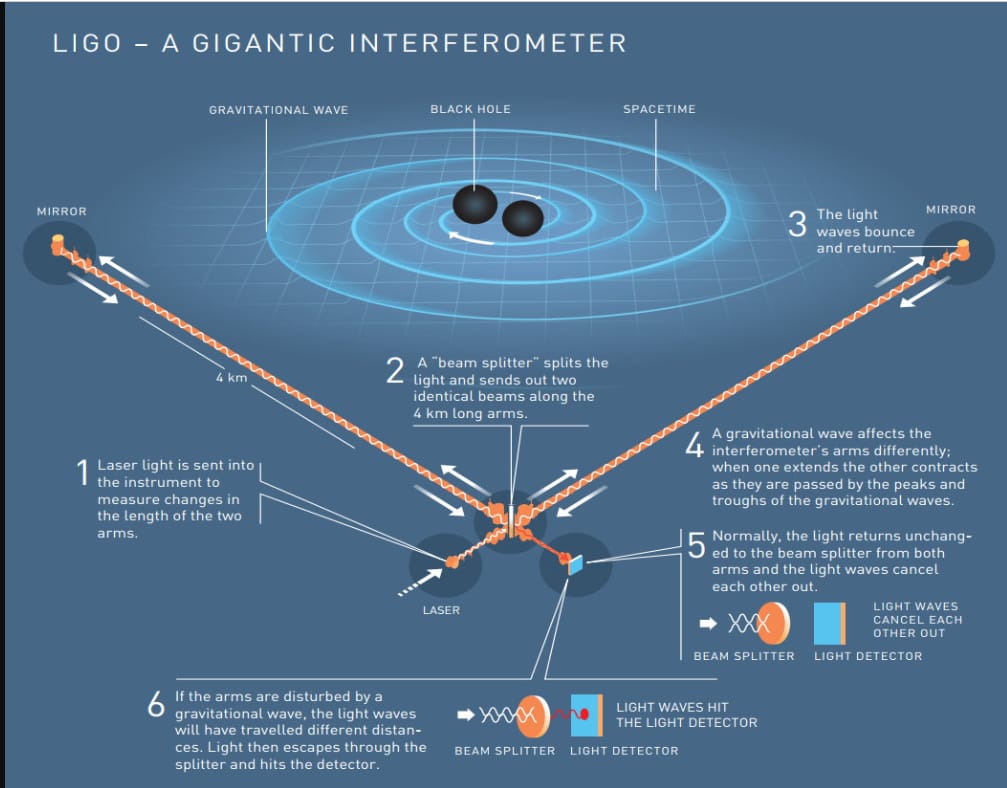
In conclusion, neutron stars stand as cosmic marvels, a testament to the astonishing diversity and complexity of the universe. From their cataclysmic origins to their enduring presence in the cosmos, these enigmatic objects challenge our imaginations and inspire wonder at the vastness of the cosmos. As we continue to probe the mysteries of neutron stars and unlock their secrets, we embark on a journey of discovery that transcends the boundaries of space and time, enriching our understanding of the universe and our place within it.

Cosmox Blogs
A non profit organization that works on writing and delivering blogs on cosmology, natural sciences & environment, so that people can learn more about it. We even run a forums page, where our users interacts with each other and discuss about Cosmology, Natural Sciences & Astronomy. We even run an instagram and a youtube channel with podcasts.